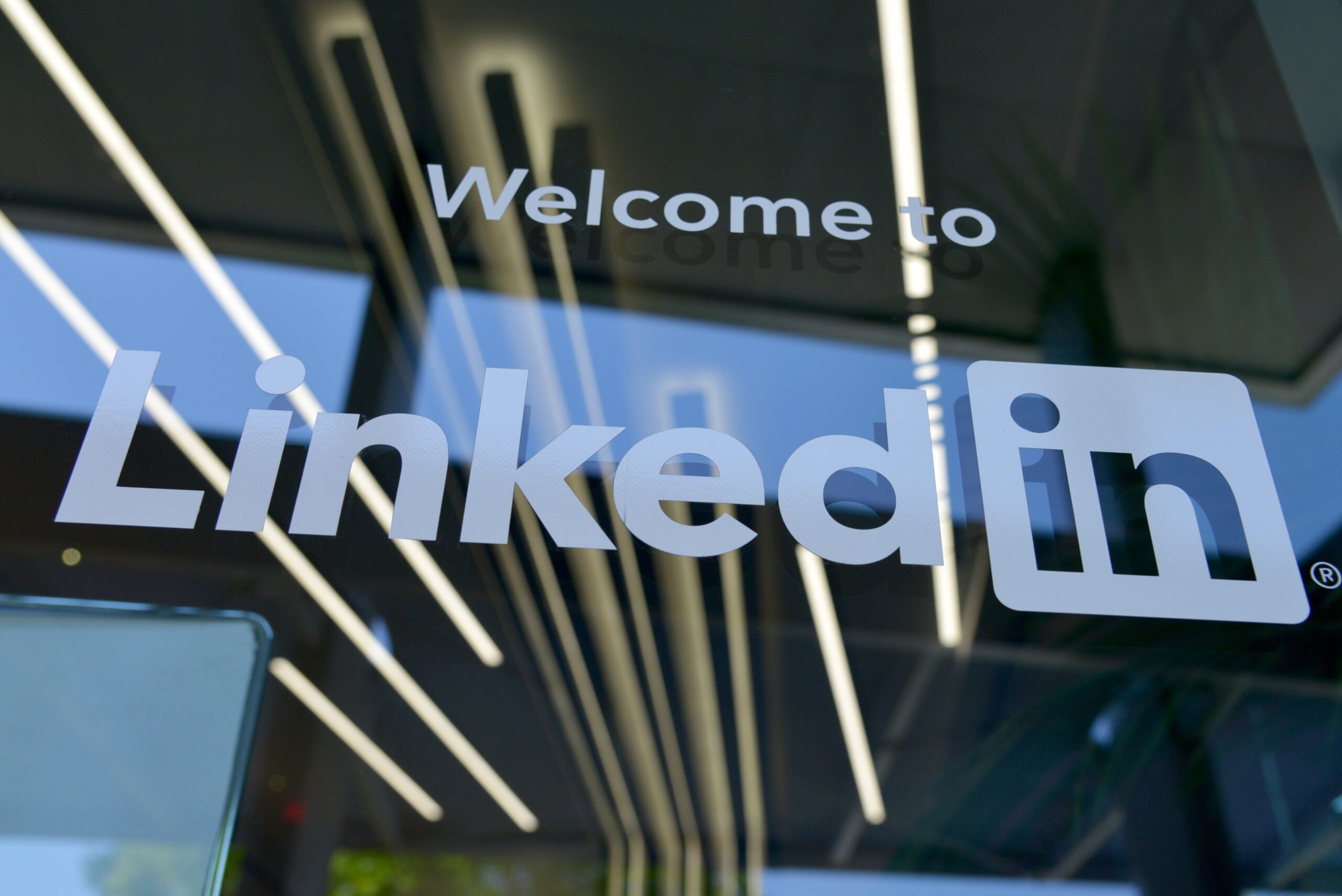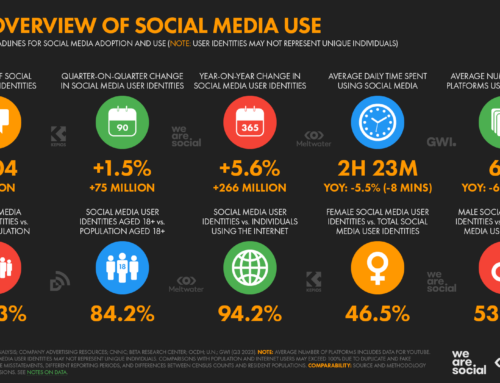
Over the last decade, I have tried and failed many times to see LinkedIn as a relevant social media platform for the nonprofit sector. If you weren’t job seeking or hiring, or trying to stalk corporate donors or captains of industry you think could be major donors, there was zero point in my mind.
Why LinkedIn is Getting More Nonprofit Attention Now
But, I think, finally, that’s changed. I believe LinkedIn is now having its moment in the nonprofit sector as a legit social media network.
We’ve certainly been getting a lot more questions about LinkedIn in the last year. Our 2023 Nonprofit Communications Trends Report also documents the rise in interest. LinkedIn was second only to Instagram as the social media site that nonprofits felt held the most potential to help them achieve their goals in 2023. Nonprofits especially like the ability to target audiences based on their professions and professional communities.
I have personally enjoyed spending more time there myself lately. It feels like a “grown-up” place to talk about issues without too many trolls or flaming comments. That still happens on LinkedIn, but not nearly at the same pace as Twitter or Facebook. The vibe is also much less emotionally fraught.
How Three Nonprofit Advocacy Organizations Are Approaching Content on LinkedIn
To test my theory a bit, I decided to look at the LinkedIn profiles of a few nonprofits that do robust issue advocacy work and fundraising that can be quite graphic: animal rights organizations. Would they use LinkedIn to talk about issues, or were they still using it purely from an HR perspective, or somewhere in between?
The Humane Society of the United States is sharing some similar content between their social channels. For example, the “A Humane Society Starts with You” general supporter/volunteer recruiting video appears on Facebook, LinkedIn, Instagram, and Twitter. And guess what, the LinkedIn post appears to have far more reactions, although the video was shared more often on Facebook. What’s different about these feeds? A graphic video about fur farms appears on Facebook, Instagram, and Twitter, but not on LinkedIn.
PETA uses Facebook, Instagram, and Twitter to call out, often with graphic photography and video, what it sees as bad corporate and human behavior. On LinkedIn, they primarily share longer-form content from their blogs and other sources. The content, both visually and verbally, is much less confrontational, instead focusing on topics like veganism and other consumer behaviors in more measured language. PETA’s pinned post on LinkedIn is an HR post.
ASPCA is using Facebook, Instagram, and Twitter to talk about large-scale animal rescues and advocate around policy issues like puppy mills and factory farming. I was surprised to see that they also posted several of the same updates and images to LinkedIn, including one about the suffering of mother pigs. Here’s how this single post is performing as of right now:
- Facebook has 91 reactions and 26 shares (where they have 1.8 million followers)
- Instagram has 5,291 likes and 246 comments (where they have 472K followers)
- LinkedIn has 175 reactions and 31 reposts (with 65K followers )
- Twitter has 60 likes and 37 retweets (with 498K followers).
Based on reactions alone, for this particular post, the reaction-to-followers ratio is by far the highest on Instagram, followed by — you guessed it –LinkedIn! Twitter is far down in third, with Facebook performing horribly by comparison, given the massive number of followers.
Looks like the commentary shared with us in the Trends Report is spot on with this example: Nonprofits should look to Instagram and also LinkedIn for more social media engagement.
I’ll continue to use LinkedIn more if we see more of our community there. Follow Nonprofit Marketing Guide on LinkedIn. We have a very small community there currently because it’s essentially new to us as a legit place for discourse. See you there!





